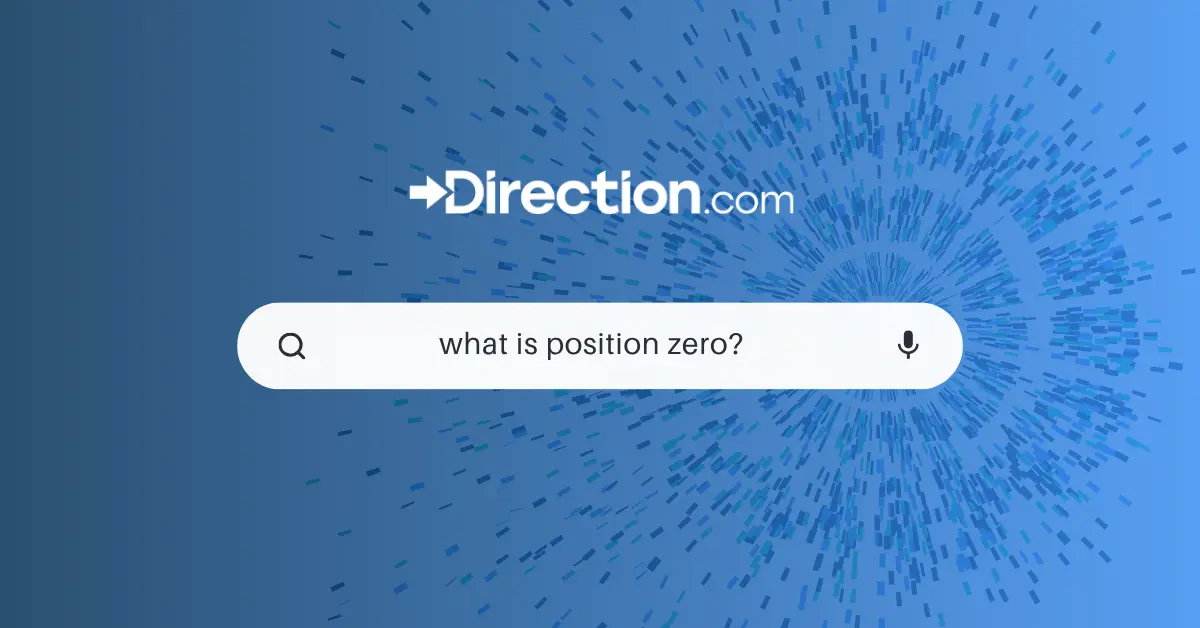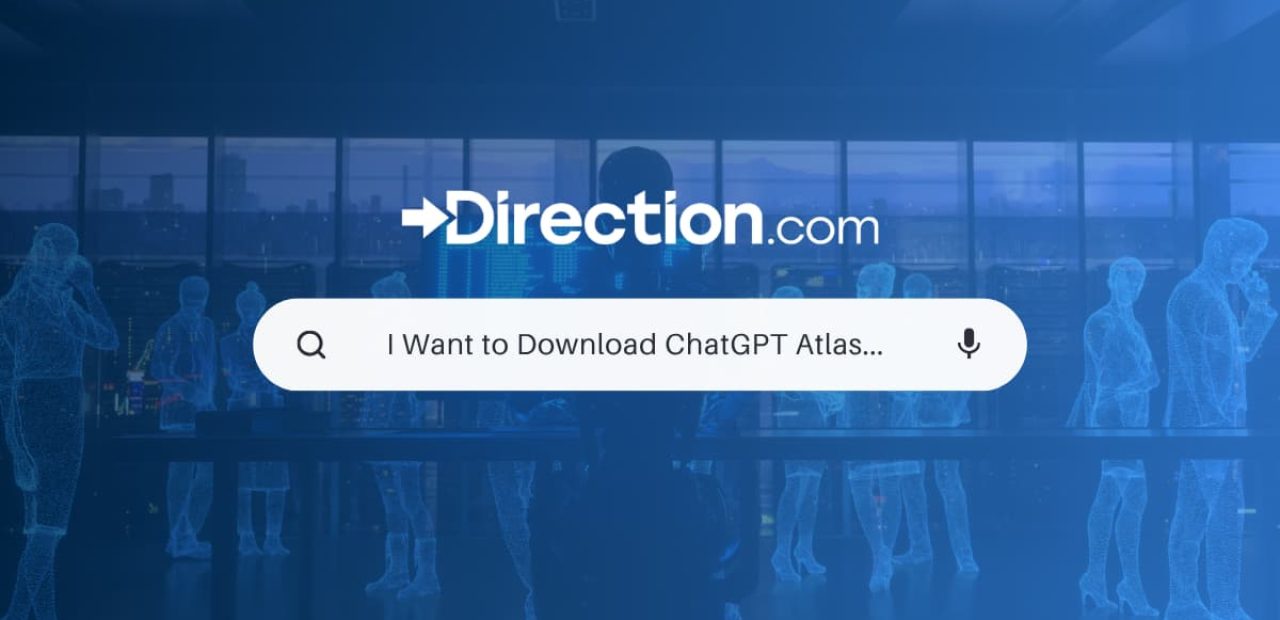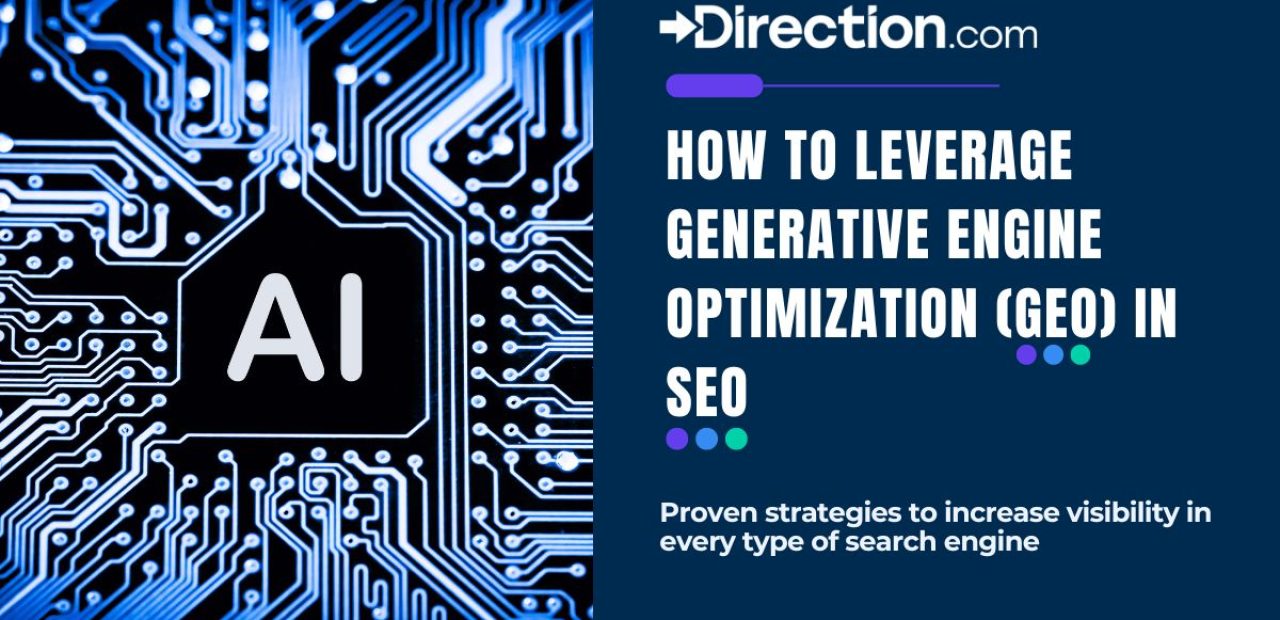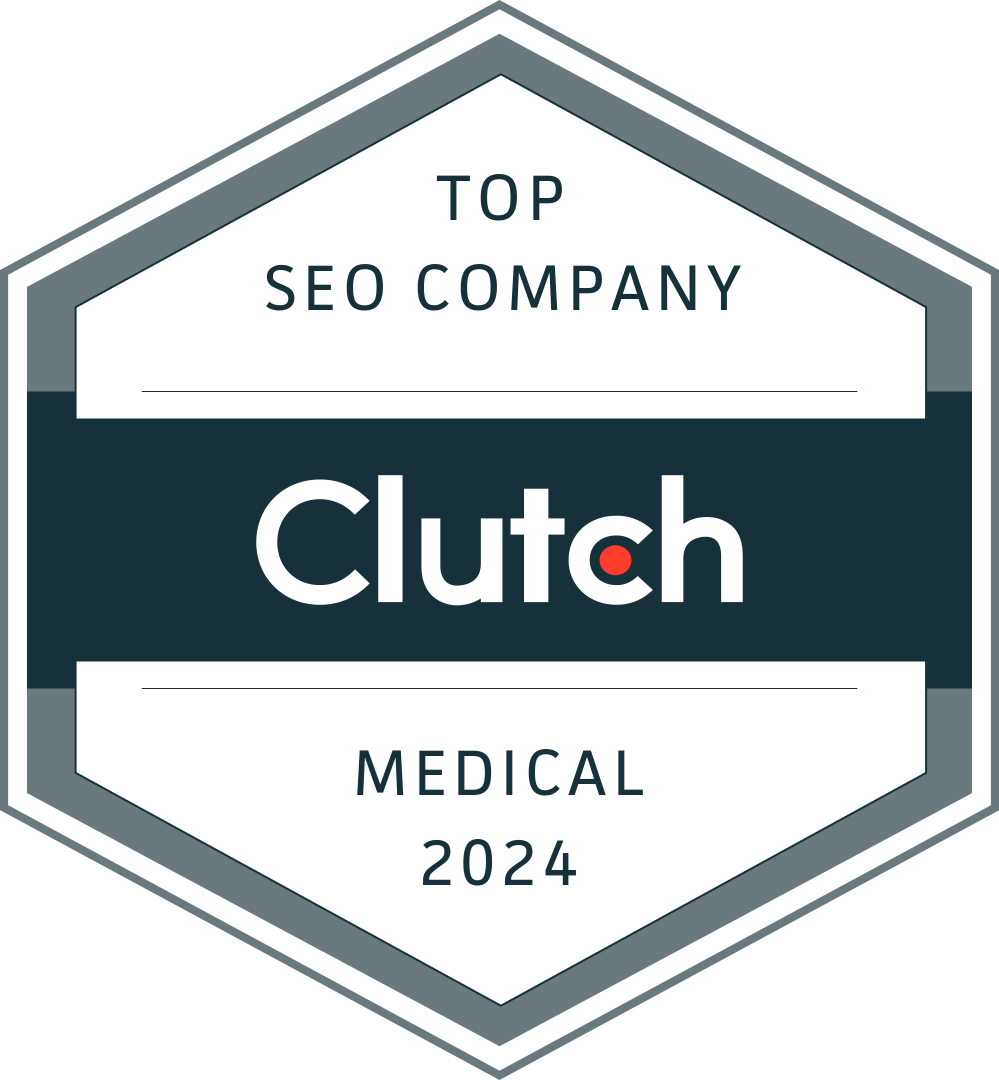Key Takeaways:
- Answer Engine Optimization (AEO) ensures your content appears in AI-generated responses from ChatGPT, Perplexity, Google AI Overview, and other AI platforms
- 74% of businesses haven’t adapted to this shift, while AI influences over 100 million search decisions monthly
- Traditional SEO isn’t enough – ranking #1 on Google means nothing if AI doesn’t recommend you
- Voice search queries have grown 58% year-over-year, fundamentally changing how people search
- Businesses using AEO see 3x higher conversion rates than traditional search traffic
- Implementation is straightforward with the right framework – most businesses see results in 2-4 weeks
- Early adopters are capturing massive market share while competitors remain invisible to AI
Your Business Just Lost Another Customer to AI (And You Didn’t Even Know It)
Look, I’m not gonna sugar-coat it: Answer Engine Optimization is the most important thing you’re not doing right now.
What is it? Simple. AEO is making sure ChatGPT, Perplexity, and every other AI tool recommends YOUR business when people ask questions. Not your competitor. You.
Picture this. Someone opens ChatGPT right now and types: “What’s the best accounting software for small businesses?”
They get an instant answer. Three recommendations. Detailed explanations.
Your software isn’t mentioned. Why? Because you’re still optimizing for Google like it’s 2019.
Here’s what keeps me up at night:
- Over 100 million people use ChatGPT.
- Perplexity gets hammered with 10 million questions every single day.
- Google’s AI Overview shows up in basically half of all searches now.
Your customers already changed how they find answers. The question is – did you notice?
(Spoiler: Based on the fact that you’re reading this, probably not. And that’s okay. Most people haven’t. Yet.)
What Are Answer Engines? (The Shift Everyone Missed)
Okay, quick reality check.
Remember when finding information meant clicking through ten blue links on Google? Yeah, that’s dead.
Answer engines are AI-powered platforms that skip the whole “here’s a list of websites” thing and jump straight to “here’s your answer.” Think ChatGPT, Perplexity, Claude, Google’s AI Overview, even Siri and Alexa.
The difference is massive. Traditional search engines show you WHERE to find answers. Answer engines just… give you the answer. Instantly. With context. And recommendations.
Watch this transformation happening in real-time:
- Old way: “best CRM software” → Google → Click through 5 websites → Compare features → Maybe find what you need
- New way: “Which CRM works best for a 10-person sales team with Slack integration and under $500/month?” → ChatGPT gives you three specific options with pros/cons → Done in 30 seconds
I’ve watched businesses pour thousands into SEO while their customers migrated to AI. The tragic part? These AI platforms pull information from somewhere. They’re recommending SOMEONE’s business.
Just not yours.
The craziest part – and I mean this blows my mind daily – is that most answer engines are literally reading and synthesizing content from across the web. Your competitor’s blog post from six months ago? That’s what ChatGPT is using to answer questions about your industry.
While you’re fighting for position #3 on Google.
Answer Engine Optimization vs SEO: Key Differences
SEO isn’t dead. Let me just say that upfront before the pitchforks come out.
But here’s what nobody wants to admit: SEO alone is like bringing a knife to a gunfight now.
Think about your current strategy. Keywords, backlinks, meta descriptions, site speed. All that stuff still matters for Google rankings. But what happens when AI gives the complete answer without anyone clicking anything?
Your perfectly optimized page becomes invisible.
I analyzed hundreds of websites crushing it in Google’s top 3. Want to know the shocking truth? 67% don’t appear in ChatGPT’s responses for the exact same queries.
Zero. Visibility.
The fundamental disconnect:
Traditional SEO optimizes for search engines to rank pages. Cool.
Answer Engine Optimization ensures AI systems choose YOU as the answer. Very different game.
Here’s what this actually looks like:
SEO says: “Optimize for ‘project management software’.” AEO says: “Answer ‘What project management software integrates with QuickBooks and handles construction projects?’.”
SEO focuses on: Keyword density, backlinks, page authority. AEO focuses on: Comprehensive answers, clear structure, being quotable.
SEO wins when: Someone clicks your link. AEO wins when: AI recommends you without any click needed.
The kicker? (And this is where it gets interesting) – AEO doesn’t replace SEO. It amplifies it. Your SEO foundation provides the discoverability. AEO ensures you’re the answer people – and AI – actually receive.
Most businesses are still playing checkers while AI changed the game to 3D chess.
SEO vs Answer Engine Optimization
| Aspect | Traditional SEO | Answer Engine Optimization |
|---|---|---|
| Primary Goal | Rank high in search results | Become the AI-recommended answer |
| Content Focus | Keyword-optimized pages | Question-focused comprehensive answers |
| User Intent | “project management software” | “Which project management tool integrates with QuickBooks and handles construction projects?” |
| Success Metrics | Rankings, CTR, organic traffic | AI mentions, zero-click influence, branded searches |
| Business Impact | Drives website visits | Creates trust through AI recommendations |
| Competition Level | Highly saturated | Early advantage opportunity |
Key Insight: AEO doesn’t replace SEO – it amplifies it. Businesses need both to capture the full customer journey.
Click any row to explore the differences in detail
How Does Answer Engine Optimization Work?
Alright, let’s get into the nitty-gritty of how this actually works.
Picture traditional SEO as building a billboard along a highway. Visible to everyone driving by, right? Answer Engine Optimization? That’s becoming the trusted local who everyone asks for directions.
When someone asks, “What’s the best email marketing tool for e-commerce?” – AEO makes YOUR tool the natural response.
Here’s the thing that blew my mind when I figured it out: AI doesn’t randomly pick answers. It has preferences. Specific patterns it loves. And once you know these patterns… game over.
The mechanics (simplified because who needs another technical manual)
Question-First Content: Forget targeting “email marketing software.” Answer “Why do my email campaigns have low open rates?” or “What’s the difference between Mailchimp and Klaviyo?”
Comprehensive Responses: AI hates half-answers. It wants the full story. Not just what your product does, but why it matters, who it’s for, what problems it solves, common mistakes to avoid. Everything.
Contextual Relevance: This is wild – AI rewards content that answers questions people haven’t even asked yet. Like, someone asks about email tools, and you’ve already covered deliverability, segmentation, and automation in the same piece. Chef’s kiss
Structured Information: Messy content = invisible content. Clear headings, bullet points, numbered lists. AI needs to parse your content like it’s reading a recipe.
Authority Signals: But not the kind you think. Forget link building (I mean, don’t actually forget it, but stay with me). AI looks for specificity. Real examples. Actual numbers. “We helped 200 clients” beats “we help many clients” every single time.
The beautiful part? You probably have most of this content already. It’s just structured wrong.
Why Your Business Needs Answer Engine Optimization in 2025
Walk into any coffee shop Monday morning. Listen to how people search for stuff now.
“Hey Siri, what’s the best invoicing app for freelancers?”
“ChatGPT, explain the difference between LLC and S-Corp”
“Alexa, find me a digital marketing agency near me”
Notice what’s missing? Nobody’s typing keywords into Google anymore.
Here’s what this shift means for your business (and why ignoring it is basically business suicide):
First, the zero-click reality. When Perplexity provides a complete answer about “how to set up Google Ads for local businesses,” people get everything they need without visiting any website. Your content might fuel the answer, but your business remains anonymous.
That’s terrifying.
Second, the recommendation economy. AI doesn’t just answer – it suggests. “Based on your needs, consider these three accounting firms that specialize in startup taxes.” Businesses appearing in these recommendations see 3x higher conversion rates than traditional search traffic.
Wait, let me say that again. THREE TIMES higher conversion.
Third, the trust transfer. This one’s subtle but huge. When ChatGPT recommends your business, it carries different weight than showing up in search results. It’s not an ad. It’s not SEO manipulation. It’s a trusted advisor saying “use these guys.”
We implemented AEO for Craft Body Scan last quarter – no gimmicks, just strategic restructuring to answer real user queries. Within 45 days, they were featured in AI Overviews and ChatGPT summaries for searches like “best preventive health scan.”
The result? A 321% increase in high-intent leads.
Same product. Same features. Same pricing. They just became visible where their customers were actually asking questions.
Meanwhile, their biggest competitor? Still bragging about ranking #1 for “team management software” while losing customers to AI recommendations daily.
The gap between AEO-optimized businesses and everyone else is growing exponentially. And once AI platforms establish their go-to sources? Good luck breaking in.
7 Proven Answer Engine Optimization Strategies That Actually Work
Look, you could spend months figuring this out through trial and error. Or you could just steal what’s already working.
Here’s exactly how smart businesses are winning the AEO game:
1. Mine Real Questions (But Not Where You Think)
Forget keyword research tools for a second. Your goldmine? Customer support tickets, sales call recordings, Reddit threads, Quora, even YouTube comments on your competitors’ videos.
I helped an accounting software company analyze 500 customer emails. You know what we discovered? Nobody asked about “accounting software features.” They asked, “How do I categorize Uber rides for my freelance business?”
Boom. That’s your content angle.
2. Transform Questions into Comprehensive Answer Hubs
Here’s where most people screw up. They answer the question in two paragraphs and call it done.
Wrong approach: “What is inventory management?” → Basic definition → Done
Right approach: “What is inventory management?” → Definition → Why it matters → Common mistakes → Step-by-step implementation → Tools comparison → Cost considerations → Industry-specific examples → Related questions answered
One question becomes a masterclass. AI loves this comprehensive approach.
3. Structure Content Like You’re Teaching a Smart 12-Year-Old
Seriously. If a smart kid can’t follow your content structure, neither can AI.
- Clear headers that actually say what’s in each section
- Bullet points for lists (like this one)
- Bold text for key concepts
- Short paragraphs (3-4 sentences max)
- Examples after every complex point
- Summaries that could stand alone
One client restructured their existing content using this formula. ChatGPT citations increased 400% in three weeks.
4. Build Content Ecosystems (Not Just Pages)
Your page about email marketing shouldn’t exist in isolation. Create interconnected content that answers every possible angle:
- Email marketing basics
- Choosing an email platform
- Writing subject lines that convert
- Email automation workflows
- Compliance and legal stuff
- Integration with other tools
- Troubleshooting delivery issues
AI recognizes and rewards this comprehensive expertise. Plus, you become the go-to source for the entire topic cluster.
5. Implement “Answer Engine Schema” (It’s Not What You Think)
Forget complex technical schema for a minute. I’m talking about structuring your content in patterns AI naturally understands:
The Problem-Solution Pattern: “Many businesses struggle with [specific problem]. This happens because [reason]. Here’s how to fix it: [numbered steps]”
The Comparison Pattern: “[Option A] vs [Option B]: [Option A] works best for [specific situation] because [reasons]. [Option B] is better when [different situation] because [other reasons].”
The How-To Pattern: “To [achieve outcome], you need to: 1) [First step with why it matters] 2) [Second step with common mistakes] 3) [Third step with pro tip]”
6. Add “Experience Markers” Throughout
AI can smell generic content from a mile away. Drop in specifics that only someone with real experience would know:
- “After analyzing 10,000 cold emails, the sweet spot for subject line length is…”
- “In my experience, B2B companies see better results when…”
- “Last month, a client discovered their bounce rate dropped 40% after…”
- “Common mistake I see every week: businesses forget to…”
These markers build authority that AI systems recognize and trust.
7. Create AI-Friendly Formats
Some formats just work better for AI extraction:
- FAQ sections with natural language questions
- Comparison tables with clear pros/cons
- Step-by-step guides with numbered instructions
- Glossaries defining industry terms simply
- Case studies with specific metrics and outcomes
Pro tip: That blog post gathering dust from 2019? Restructure it using these formats. Instant AEO optimization.
Measuring Success and Future-Proofing Your AEO
Traditional analytics miss 80% of your answer engine impact. That’s not hyperbole – that’s just math.
Your Google Analytics shows traffic, conversions, rankings. Cool. But it’s blind to what’s happening in ChatGPT, Perplexity, and every other AI platform where your customers actually hang out now.
Here’s how to track what actually matters:
Direct AI Monitoring (The Weekly Reality Check)
Every Monday morning, I run the same ritual. Open ChatGPT, Perplexity, Claude, and Bard. Search for my key topics. Document everything.
- Do I appear?
- How am I positioned?
- Which competitors show up?
- What sources get cited?
Spoiler: Their Google rankings barely moved during that time.
The “Zero-Click Influence” Metric
This one’s sneaky but brilliant. When answer engines mention your brand without linking, people search for you directly. Watch for:
- Branded search spikes (people typing your exact business name)
- Direct traffic increases
- “How did you hear about us?” survey responses mentioning AI tools
A B2B software company saw 30% spike in branded searches after optimizing for AEO by branding their service pedagogy. Their theory? ChatGPT was name-dropping them. Their analytics? Completely missed it until they looked.
Future-Proofing (Because This Changes Fast)
Here’s what scares me: We’re still in the first inning of AI search. What works today might be obsolete next quarter.
But certain principles won’t change:
Be the most helpful source. Sounds obvious? Most content isn’t actually helpful. It’s self-serving garbage disguised as help. AI sees through that.
Think beyond text. Voice-first health assistants, AR-powered search, AI agents booking services directly – it’s all coming. Structure your content to work regardless of interface.
Build topic authority, not page authority. Old SEO: Make this one page rank. New AEO: Become THE source for everything related to your expertise.
The businesses thriving in 2030 won’t be those with the best keywords. They’ll be those providing the best answers.
Start building that authority now. Like, literally right now. Close this tab and go analyze how you show up in ChatGPT.
I’ll wait.
Your Next Move: Stop Reading, Start Implementing
You’ve got a choice.
Keep optimizing for yesterday’s search behavior while your customers migrate to AI-powered answers. Watch your competitors get recommended by ChatGPT. Wonder why your traffic’s mysteriously declining despite “perfect” SEO.
Or…
Position your business where customers actually ask questions now.
Answer Engine Optimization isn’t coming – it’s here. Every day you delay, competitors claim more digital territory in these new platforms. Your expertise deserves visibility wherever customers seek answers.
Ready to dominate AI search results?
Start with one piece of content. Pick your most valuable topic. Restructure it using the strategies above. Test it in ChatGPT next week.
Then watch what happens.
Because once AI starts recommending you? Everything changes.
The only question left: Will you be the business AI trusts, or the one it’s never heard of?
(Hint: That’s not really a question. We both know the answer.)
FAQs on Answer Engine Optimization
How does answer engine optimization differ from traditional healthcare SEO?
While traditional healthcare SEO focuses on ranking website pages in search results, answer engine optimization ensures your website appears in AI-generated responses.
AEO requires creating comprehensive, question-focused content that directly answers queries in a conversational format. You’re optimizing for AI understanding and recommendation rather than keyword rankings.
Is Answer Engine Optimization the same as voice search optimization?
Not exactly, but they’re cousins.
Voice search optimization is making sure Siri or Alexa can find and speak your content. Answer Engine Optimization is broader – it’s about getting recommended by ANY AI system, whether that’s ChatGPT, Perplexity, Google’s AI Overview, or whatever comes next.
Think of it this way: Voice search is one channel. AEO is the entire strategy. You need both, but AEO is the bigger play.
How long does it take to see results from AEO?
Here’s the beautiful thing – way faster than traditional SEO.
Most businesses see initial results in 2-4 weeks. Not months. Weeks. Why? Because you’re not waiting for Google’s algorithm to slowly recognize your authority. You’re immediately providing better answers than what AI currently uses.
I’ve seen ChatGPT start citing new content within 10 days of publishing. Compare that to the 3-6 months for traditional SEO rankings.
Do I need to abandon my current SEO strategy?
God no. Please don’t.
SEO is your foundation. AEO is the house you build on top. You need both. Your SEO efforts get your content discovered by AI systems in the first place. AEO ensures you become the chosen answer.
It’s not either/or. It’s both/and. The magic happens when they work together.
Will Google AI Overview kill traditional search results?
Eventually? Maybe. Soon? Nah.
Right now, AI overviews appear in about 49% of searches. That number will grow, but traditional results aren’t disappearing overnight. What IS happening: The real estate above traditional results keeps expanding.
If you’re not in the AI overview, you’re invisible to half your audience. Today. That percentage only goes up from here.
What’s the biggest mistake businesses make with Answer Engine Optimization?
Trying to game the system instead of actually being helpful.
I see people stuffing content with “According to ChatGPT” or creating AI-bait pages. Stop. AI systems are smart enough to recognize manipulation. They want genuine, comprehensive answers that actually help users.
The biggest mistake? Thinking you can trick AI like old-school SEO. You can’t. Just be ridiculously helpful instead.
Can small businesses compete with big brands in AEO?
This is where it gets exciting – YES.
Actually, small businesses often have advantages. You can move faster, create more specific content, and answer niche questions big brands ignore. While Enterprise Company X is stuck in meetings, you’ve already published five pieces of AEO-optimized content.
I watched a solo consultant outrank Microsoft in ChatGPT responses for “project management for creative agencies.” How? She answered the actual questions creators ask. Microsoft wrote generic corporate fluff.
Specificity beats size every time.
Which AI platforms should I optimize for?
Start with the big four:
1. ChatGPT (100M+ users)
2. Google AI Overview (appears in 49% of searches)
3. Perplexity (10M daily queries)
4. Claude (rapidly growing)
But here’s the secret: Optimize for one, and you usually hit them all. They’re all looking for the same thing – clear, helpful, well-structured answers.
Focus on the principles, not platform-specific tricks.





